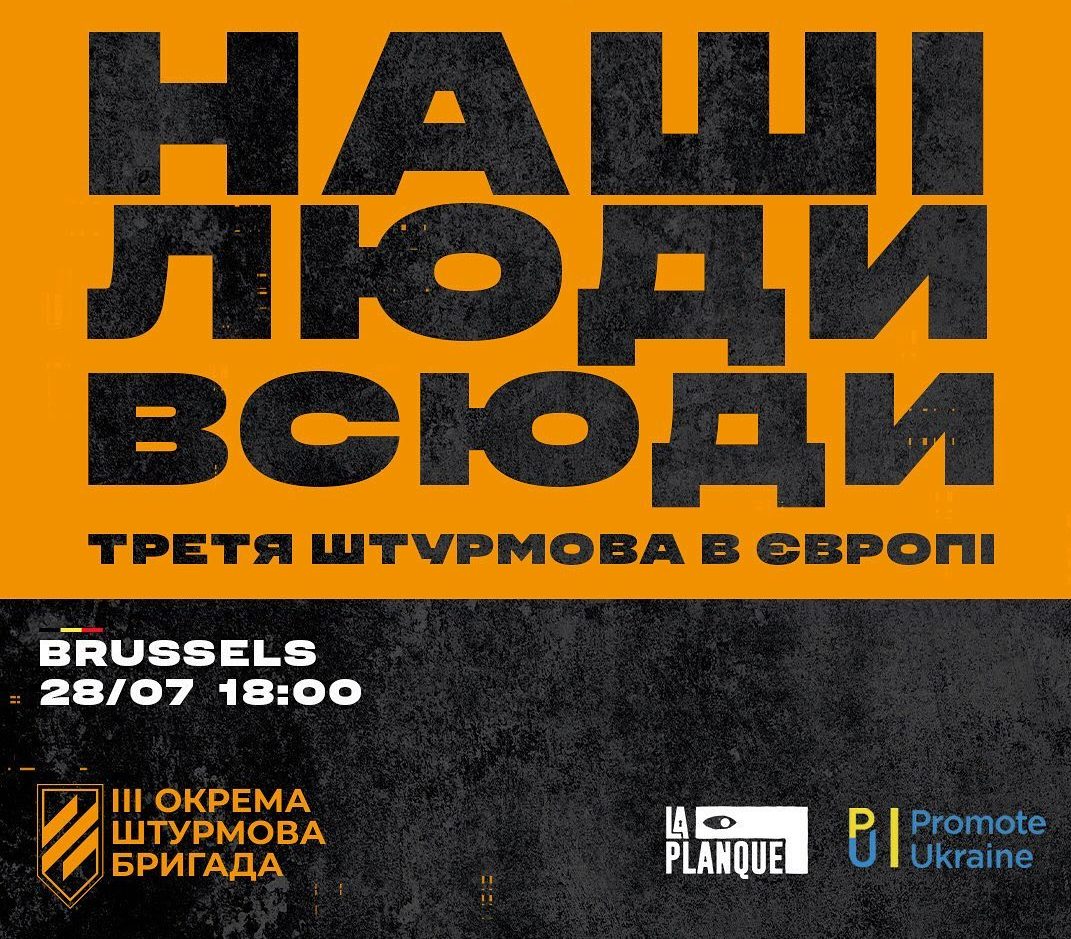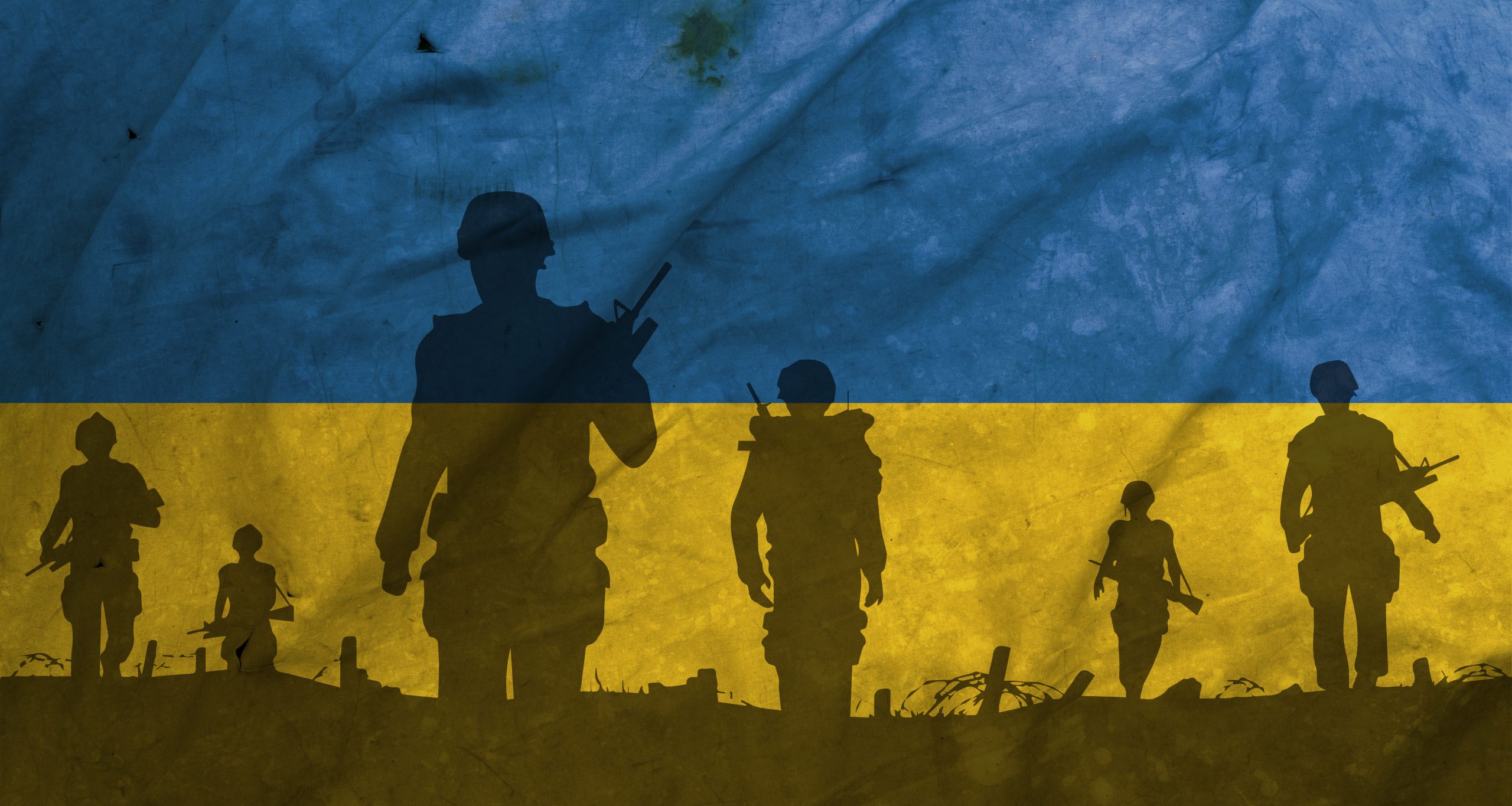Ukraine agreed to the so called Steinmeier formula that aims to bring forward the process to resolve the armed conflict in the East of Ukraine. It might lead to the first real progress in five years, but only if the Ukrainian leadership finds a very delicate balance.
In recent weeks, Ukraine became one of the most discussed topics in the United States and, to a lesser extent, in Europe. In Ukraine itself, however, the phone conversation between its President Volodymyr Zelensky and his US counterpart Donald Trump has been eclipsed by a different issue which is called Steinmeier formula.
This sequencing clause has been proposed in 2016 by Frank-Walter Steinmeier, then a foreign minister and now Federal President of Germany, to help find a political resolution to the military conflict in Donbas, the region in the East of Ukraine, between Russia and separatists it backs on one side and the government in Kyiv on the other. The vagueness of the formula itself and the explosive nature of its possible political consequences have even led to the first noticeable protests in Ukraine.
What is Steinmeier formula?
The major document, aimed for a peaceful resolution of the conflict in Donbas, is the second Minsk agreement, signed in 2015 by Ukraine, Russia and OSCE and consented to by the separatists. The Minsk II foresees a number of measures that should have led to a political solution; however, its implementation stalled from the very beginning.
The problem with the agreement was that both sides, Ukraine and Russia (together with its proxies in Donbas) interpreted the sequence of steps in their way and blamed the other side for the absence of progress. For example, Moscow blames Kyiv for not adopting legislation on the amnesty of militants and maintaining an economic blockade of the areas controlled by the separatists.
It is correct that, according to Minsk II, Ukraine should reinstate social and economic links with the areas currently not under its control. At the same time, Russia has long ago introduced its ruble as the official currency in the areas of Donbas not controlled by Kyiv. That decision has been of course presented as if made by the separatist’s leadership, because Moscow claims to not to be a part of the conflict in Donbas.
Ukraine, on its side, has always maintained that Minsk II should be implemented step by step, and the first three measures foresee a full ceasefire and disentanglement of the forces. As there was no lasting end to the fighting and shelling, Kyiv declined to make steps forward.
Thus, a never-ending vicious circle.
Steinmeier formula has been introduced as an attempt to break this circle. It regulates the sequencing, that is timing to introduce the special conditions for self-governing in the areas of Donbas, not controlled currently by the government. Provisionally these special conditions should enter into force on the day of local elections, foreseen by the Minsk II, and constantly after the OSCE publishes its report that these elections have been held in accordance with the international democratic standards and by the Ukrainian law.
Protests against Steinmeier formula
Although this formula doesn’t seem to contain any obvious danger to sovereignty and independence of Ukraine, there is a substantial pushback against Steinmeier formula in Ukraine. The sharpest criticizing originates in the party of the former President of Ukraine Petro Poroshenko; it started calling this sequence “Putin’s formula” and claiming that it will result in the capitulation of Ukraine.
One may dismiss the criticism coming from Poroshenko because of two reasons. First, he lost his reelection bid to Zelensky; consequently, he would criticize almost everything being done by the current leadership of Ukraine. Second, Poroshenko himself has not only failed to solve the conflict in Donbas, but he also has not even provided any vision of a possible solution.
At the same time, one cannot dismiss pushback among the Ukrainian population. On Sunday, October 6, thousands of people all over the country organized protests against Steinmeier formula under the slogan “No to Capitulation”.
The easiest explanation for the protest is that Zelensky administration failed to communicate good enough with the public. The President himself and other representatives of the Ukrainian leadership have said many times that there won’t be any capitulation, that it won’t cross any “red lines”, and that there could be no election while armed militants remain in Donbas. Still, it failed to placate fears spread in Ukrainian society.
One should note that those fears go very deep, as Ukrainians have little trust in any power. Consecutive governments in the country have time and again proven to be corrupt. And Zelensky has not done much to demonstrate that he listens to the public. Neither do Ukrainians trust that the EU and the USA would go to a great length to help them. Despite all the statements, the West has not done much to protect the protestors on the Maidan in 2013-14 against the violence, exerted by the then government. And despite all the sanctions and assistance to Ukraine, Russia has not stopped its aggression. One may argue that such resentment is not fair or well-argued. Still, it should be taken into account while dealing with Ukraine, because it might, for example, derail the efforts to resolve the conflict in Donbas.
Could Steinmeier formula be a magic one?
Ukraine may, of course, return to the previous policy of zero compromise; however, it would mean that the country will continue to lose the lives of its citizens as well as huge resources in the war in Donbas. The crushing defeat of Poroshenko during the presidential election this year demonstrated that Ukrainian society doesn’t want this course to continue.
How then could Steinmeier formula revive the Minsk agreements, whereas Russia has shown by its actions no desire to let the conflict in Donbas be resolved? As argued earlier[1], the President of Russia Vladimir Putin has had the interest to continue the current low-level war in Donbas as a mean of attrition of Ukraine.
Now the situation might start to change. Putin’s trailing support in Russia and the ongoing protests in Moscow have demonstrated the limits of the policies he pursued for the last five years. Thus, Putin might have the interest to soften his confrontational course against Ukraine and the West. Of course, he would do this only if it doesn’t create any impression he has lost. Appearance is of paramount importance for Putin personally and the whole Russian political establishment.
Therefore, if Ukraine wants to get any progress in the political resolution of the conflict, it should maintain an extremely difficult balance between showing the readiness to compromise, being ready to compromise, but not to allow any compromise on its sovereignty and independence.
To that end, it needs to create the whole framework for the political process, including for the special status of self-governing in the areas currently controlled by the separatists. After all, it was Ukraine who agreed to grant that status in the Minsk II agreement and later in 2015, it failed to introduce the reference to the special self-governing into the constitution.
Now Ukraine is advised to eliminate all the reasonable grounds for Russia to say it is not implementing the Minsk II. In such a way it can create the appearance, without which Putin won’t probably amend his course. In doing so, Ukrainian leadership must be very careful in drafting the exact setup of the special self-governing status. Because this is where the capitulation may reside, and not in Steinmeier formula per se.
It may be unfair that Russia has started the war in Donbas, but Ukraine should bear the burden of trying to end it. Alas, it is in Ukraine’s interest to do this, and so it will need earlier or later to act on this. Up till now, Minsk agreements have not proven that they can pave the way to the resolution, but no one has proposed any better solution. And now there is a momentum to the Minsk process that may bring some progress.
[1] https://www.promoteukraine.org/dir2019/06/07/five-years-of-normandy-format-how-putin-prevented-d-day-for-ukraine/






 UA
UA FR
FR DE
DE




